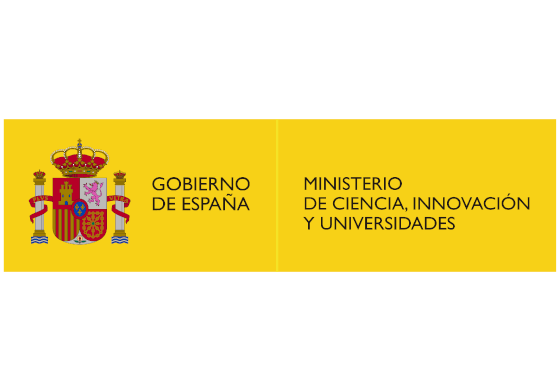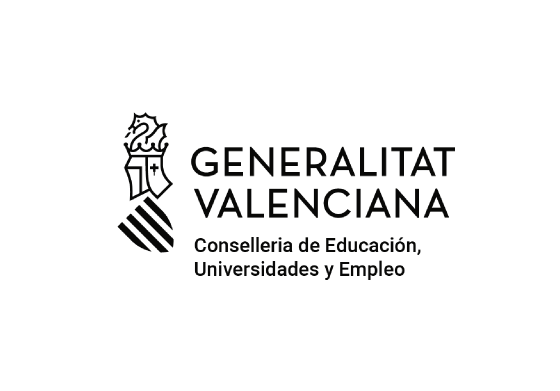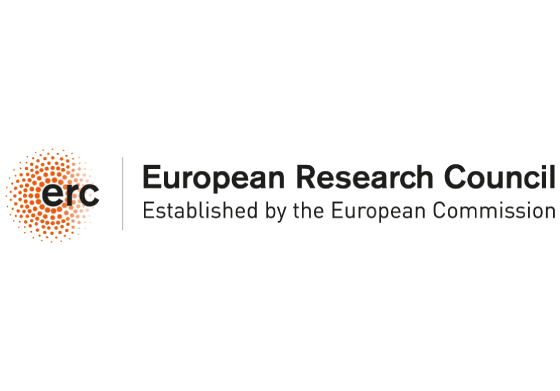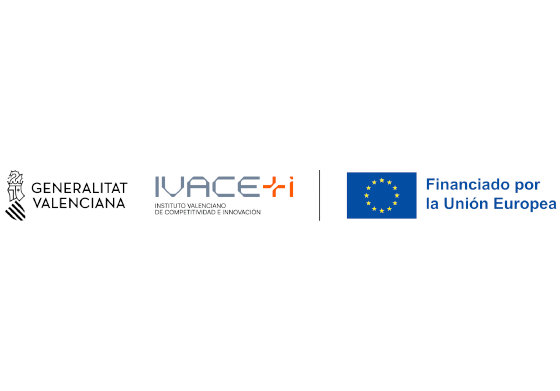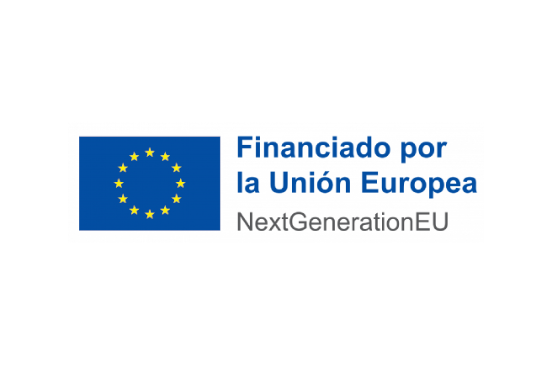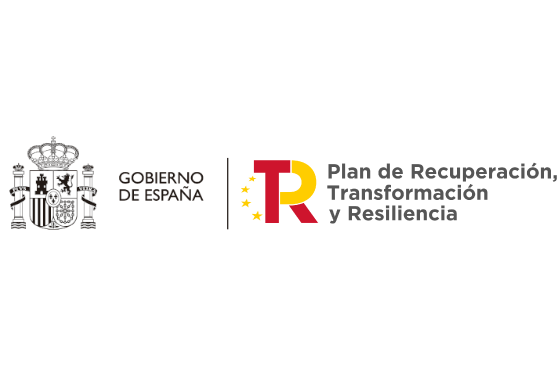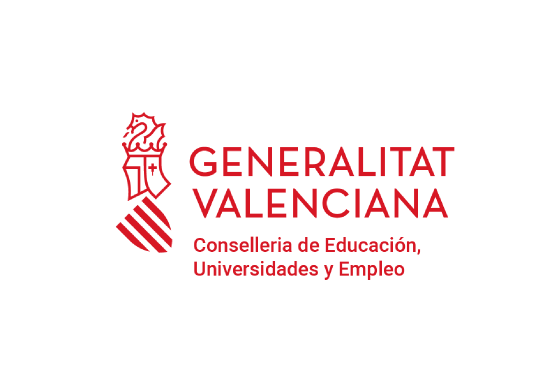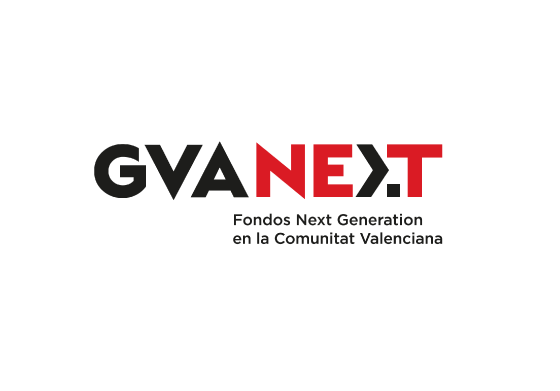Invited seminar
Where: Escuela Superior de Tecnología Room number TD2105AA
Presented by: Dr. Iván Sorribes
Affiliation: Department of Organic Chemistry/Institute of Molecular Science at the University of Valencia
When: Friday, October 27, 2023 - 10:30 to 12:00Where: Escuela Superior de Tecnología Room number TD2105AA
Presented by: Dr. Iván Sorribes
Abstract:
The last decade has witnessed a great deal of studies focused on chemically
synthesized metal halide perovskites (MHP) nanocrystals (NCs), such as organicinorganic
hybrid and all-inorganic perovskites.[1], [2] These nanomaterials show unique
and attractive features: high absorption cross section in the UV and Visible, but
considerably weaker absorption or no absorption in the near-infrared (780–2526 nm)
[4], and their bandgap can be tuned with the size and/or their chemical constitution.
Comparatively, lead-free metal halide materials, such as Cs3Sb2Br9 NCs, can absorb
in the UV and Visible and are non-emissive under light excitation; both type of
nanomaterials are of interest in photocatalysis. [3], [4]
We will discuss here on MH nanomaterials synthesized in our group and their
application in photocatalysis, as well as their stability issues under ambient conditions
depending on their constituents. Their co-assembly with other nanoparticles to provide
hybrid materials with enhanced stability and new capabilities will be also discussed.
References
[1] Schmidt L. C., Pertegás A., González-Carrero S., Malinkiewicz O., Agouram S., Mínguez Espallargas G., Bolink
H. J., Galian R. E., Pérez-Prieto J. J. Am. Chem. Soc., 2014, 136 , 850 —853; Rosa-Pardo, I….Galian, R.E., Pérez-
Prieto, J. Nanoscale, 2022,14, 1160-1164.
[2] Protesescu L., Yakunin S., … Kovalenko M. V. Nano Letters, 2015, 15, 3692–3696.
[3] Rosa-Pardo I., Casadevall C., Schmidt L., Claros M., Galian R-E.,Lloret-Fillol J., Pérez-Prieto J. Chem.
Commun., 2019, 55, 2968-2971.
[4] Rosa-Pardo I., Zhu,D., Cortés-Villena,A., Prato,M., De Trizio,L., Manna, L., Galian, R. E., Pérez-Prieto, J.,
ACS Energy Lett. 2023, 8, 6, 2789–2798.Biography:
Julia Pérez-Prieto received her PhD in Organic Chemistry from the University of Oviedo (Spain) under the direction of Prof Barluenga Mur and Prof Gregorio Asensio Aguilar. She has been a full professor at the University of Valencia since 2007 and the leader of the Photochemical Reactivity Group at the Institute of Molecular Science (ICMol) of the University of Valencia. She was the President of the European Photochemistry Association from July 2016 to July 2018.
Prof Pérez-Prieto has been the Valencia coordinator of the “Sustainable Chemistry” Master and Doctorate program since 2008 and was the interuniversity coordinator of the “Experimental and Industrial Organic Chemistry” Master and Doctorate program from 2008 to 2012.
Dr Pérez-Prieto has published in prestigious, high impact, peer-reviewed publications in the field of photochemistry, chemical reactivity, catalysis and nanomaterials, in addition to contributing to book chapters in these areas and co-editing the book entitled: Photoactive Inorganic Nanoparticles: Surface Composition and Nanosystem Functionality (2019), book published by Elsevier.
Prof Pérez-Prieto’s research interests are currently focused on the design and synthesis of new photoactive materials for application in sensing, photocatalysis, bioimaging, singlet oxygen generation, emissive devices, among others. She has gained experience in the preparation of functional nanosystems based on semiconducting nanoparticles (organolead halide perovskites), metal (gold nanoparticles and gold nanoclusters), and upconversion nanoparticles. Her current research focuses on the development of tailor-made advanced photoactive nanosystems to address major challenges in sensing, imaging, therapy, and sustainability.

